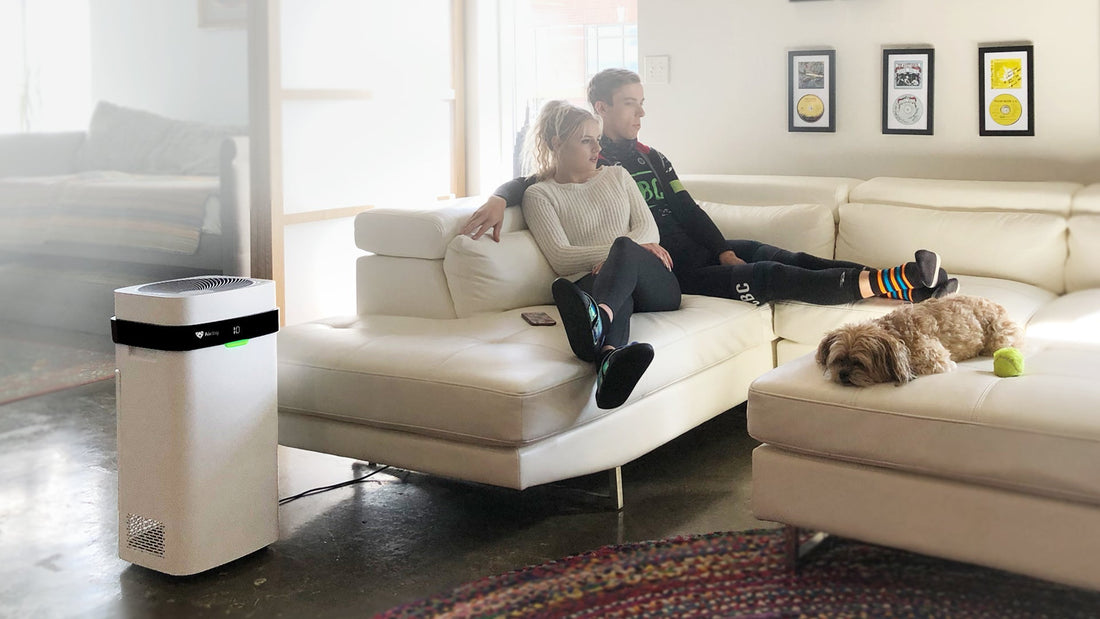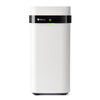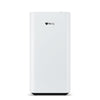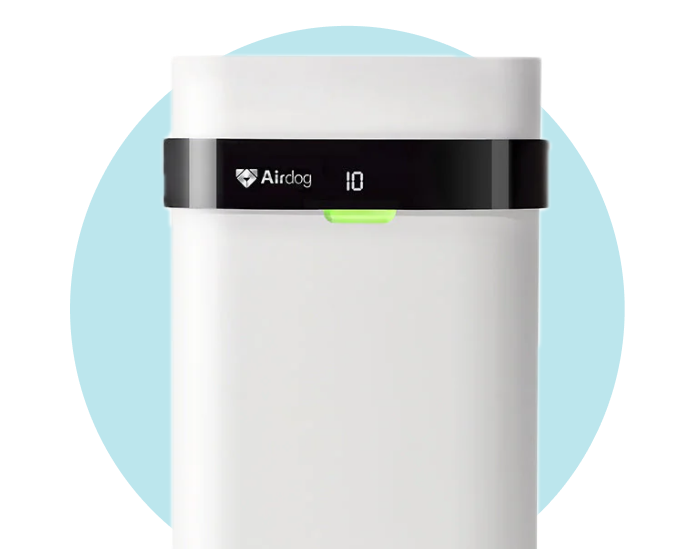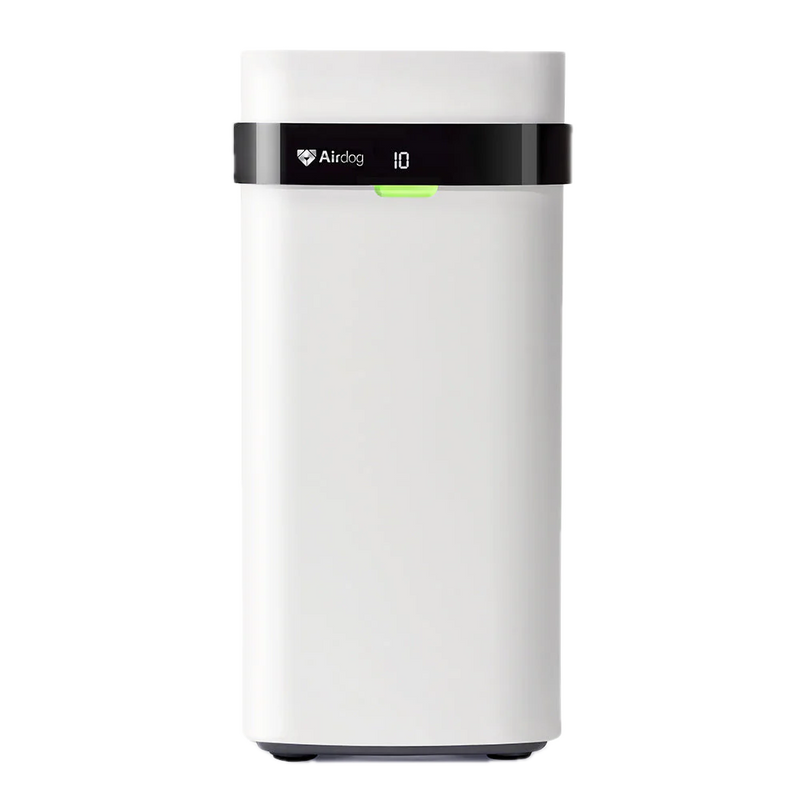Dust, pet dander, pollen, smoke, and microscopic pollutants can build up indoors, affecting health and comfort. Air purifiers are designed to remove these contaminants, creating a cleaner, safer environment. But what do air purifiers do exactly, and how can you choose the right one for your home? Let’s explore.
How Air Purifiers Work
Air purifiers clean indoor air using a combination of technologies that capture, trap, or neutralize pollutants. Understanding the differences can help you pick a device suited to your needs.
HEPA Filters
-
Mechanism of Action: HEPA (High-Efficiency Particulate Air) filters function by trapping airborne particles in a complex web of fibers. Depending on the particle size, HEPA filters capture pollutants through diffusion, interception, and impaction, ensuring that even the tiniest of particles, as small as 0.3 microns, cannot pass through.
Activated Carbon Filters
-
Pollutant Targeting: While HEPA filters excel at capturing particulate matter, activated carbon filters specialize in removing gases, odors, and volatile organic compounds (VOCs) from the air. These filters contain tiny pores that absorb chemical pollutants, effectively neutralizing odors and harmful gases in the environment.
-
Applications: Activated carbon filters are ideal for kitchens, pets, or homes with chemical pollutants.
UV-C and ozone-free ionization Purifiers
-
Pathogen Elimination: UV (Ultraviolet) light purifiers and ozone-free systems, such as Airdog, kills viruses and bacteria safely while maintaining consistent performance. This technology disrupts the DNA of microorganisms, rendering them harmless and unable to reproduce.
Advancements in Air Purifier Technology
The evolution of air purifier technology has led to the development of devices that are more efficient, convenient, and user-friendly than ever before. These advancements include:
-
Smart Features: Modern air purifiers come equipped with smart features such as air quality sensors, automatic mode adjustments, and connectivity to smartphones for remote control. These features enhance user convenience and ensure optimal performance without constant manual adjustments.
-
Improved Efficiency: Technological advancements have also resulted in air purifiers that operate more quietly and consume less energy. ENERGY STAR certified models, for example, offer superior efficiency and cost-effectiveness, making them an attractive option for environmentally conscious consumers.
-
Customization: With a variety of filters available, users can now customize their air purifiers to target specific pollutants, from particulate matter to VOCs, tailoring the device to their unique indoor air quality needs.
Through mechanisms like HEPA filtration, activated carbon absorption, and UV-C light disinfection, air purifiers tackle a broad spectrum of pollutants, offering peace of mind and improved health benefits.
Health Benefits: What Do Air Purifiers Do for You?
Air purifiers don’t just make the air smell fresher—they can have a real impact on health.
-
Allergy relief: Captures pollen, dust mites, and pet dander to ease allergy symptoms.
-
Respiratory support: Reduces airborne irritants, which can help people with asthma or respiratory sensitivities.
-
Cleaner environment: Removes smoke, odors, and VOCs, creating a safer home for everyone.
Even homes that appear clean can have invisible pollutants. Air purifiers provide continuous protection, filtering the air in the spaces where you spend the most time.
Common Misconceptions About Air Purifiers
When it comes to air purifiers, many people misunderstand what air purifiers do which can lead to unrealistic expectations. Here’s what you need to know:
-
They don’t sterilize your home: Air purifiers reduce allergens, dust ,and microbes, but no device can completely eliminate all pathogens. Maintaining proper ventilation and cleaning routines is still essential.
-
A clean-looking home doesn’t mean it always has clean air: Invisible pollutants like dust mites, pollen, smoke particles, and VOCs can linger even in homes that appear spotless. Air purifiers target these hidden contaminants that regular cleaning can’t remove.
-
Not all purifiers are equally safe or effective: Some models produce ozone or lose efficiency over time. Choosing ozone-free systems like Airdog ensures you get consistent, safe air purification.
Understanding these misconceptions helps you make informed decisions and ensures your air purifier works as intended, keeping indoor air cleaner and healthier for your family.
How to Choose an Air Purifier
Selecting the right air purifier ensures maximum effectiveness:
-
Room size and coverage: Check Clean Air Delivery Rate (CADR) to match your space.
-
Pollutant type: HEPA for particles, carbon for odors/VOCs, UV-C or ionization for particles plus microbes and ultrafine pollutants.
-
Maintenance: Consider easy-to-clean units or reusable systems like Airdog.
-
Noise level and lifestyle: Look for quiet modes for bedrooms or smart features for hands-off operation.
Choosing a unit that fits your room, pollutant concerns, and lifestyle ensures the purifier works efficiently over the long term.
Final Thoughts on What Air Purifiers Do
In summary, air purifiers do more than just freshen the air, they remove dust, allergens, odors, VOCs, and microscopic pollutants from your indoor environment.These devices provide significant health benefits, including allergy relief, respiratory support, and an overall cleaner, safer environment for your family. While HEPA and carbon filters are standard for trapping particles and odors, devices like Airdog go a step further. Airdog’s advanced TPA technology actively captures and destroys ultrafine particles and harmful microbes that many standard air purifiers miss, offering a more comprehensive solution to air purification.
By choosing the right purifier, maintaining it properly, and integrating it into your daily routine, you can significantly improve your home’s air quality. Whether you go with a traditional HEPA model or opt for a next-gen solution like Airdog, investing in an air purifier is an effective way to breathe easier and create a healthier, more comfortable living space for your loved ones.

